We at the Hapy Society have been blessed, over the last few years, by the quality of the talks given by our visiting speakers. That given by Dr. Stephen Buckley, from York University, was no exception. Dr. Buckley’s topic centred on mummification in ancient Egypt, and he gave us a fascinating insight into the techniques which evolved over the three and a half thousand years of the practice of mummification in Egypt.
The preservation of the body was seen as essential to allow the Ba-spirit to recognise the deceased when, each night, it returned to the corpse after its daily union with the deceased person’s Ka-spirit in the afterlife.
The heart, seen as the seat of the personality to the ancient Egyptians, was left inside the body whilst other organs were removed and preserved separately. The exception was the brain which, in men, was removed from the skull through the nostrils, having been liquified by agitation with a metal rod. No one yet knows why the brains of women were left intact!
I was surprised to hear that, for a time in the new kingdom, the body was preserved using natron solution, rather than dry salt. Preserving with liquid natron has been shown by modern experimentation to be a very effective way of preserving the corpse, but it was abandoned late in the New Kingdom because of its association with the Atenist heresy.
The last section of Dr. Buckley’s talk dealt with the modern trial mummification of a taxi driver, Alan Billis, a process which confirmed the efficacy of preserving in a natron solution. The experiment also highlighted the importance of the embalming resins and spices which proved to have a critical role in preservation from the earliest times of mummification.
It was a fascinating and authoritative talk – what a shame we had to finish after an hour and a quarter! Thanks again to Dr. Stephen Buckley for giving of his time, experience and expertise.
